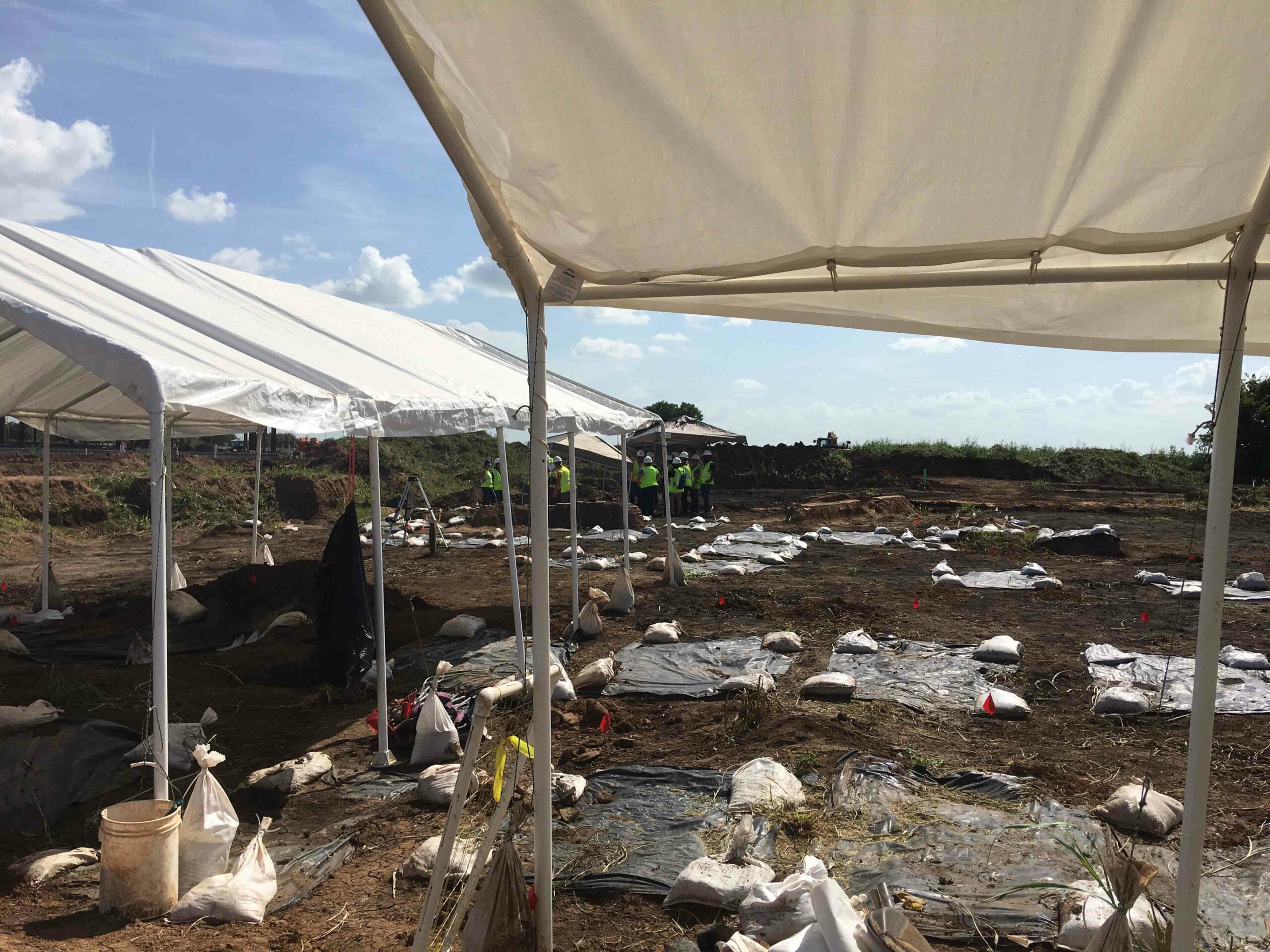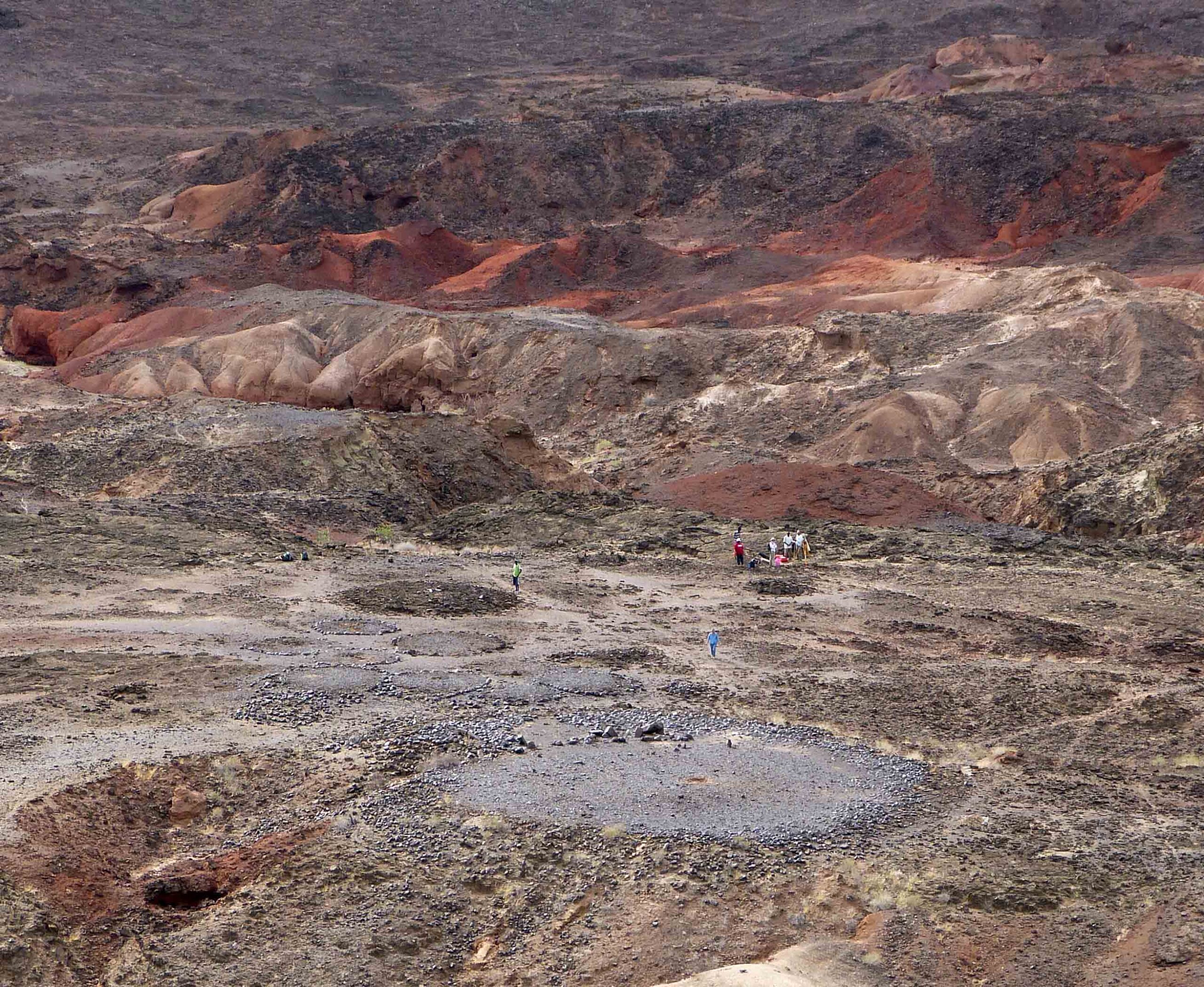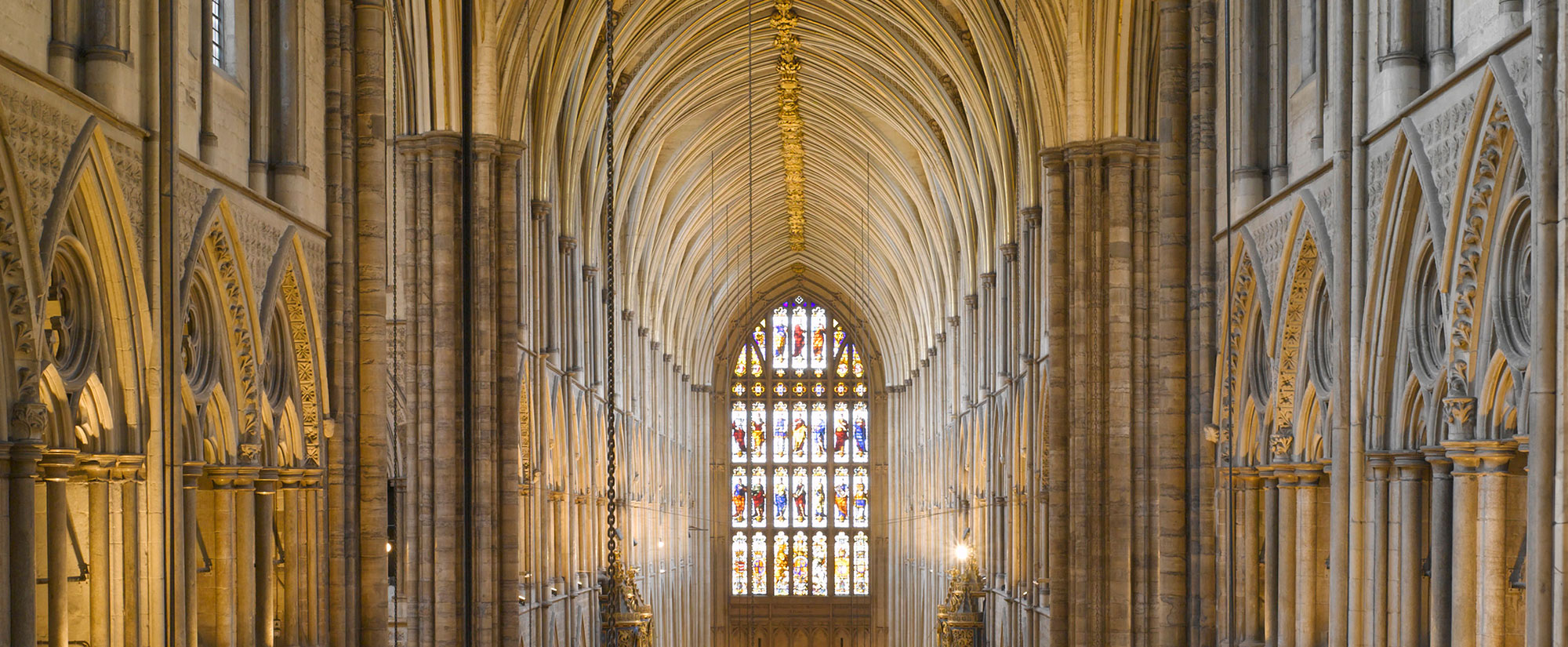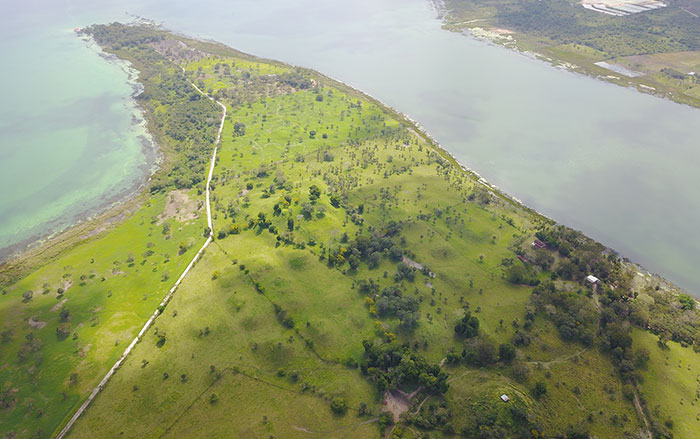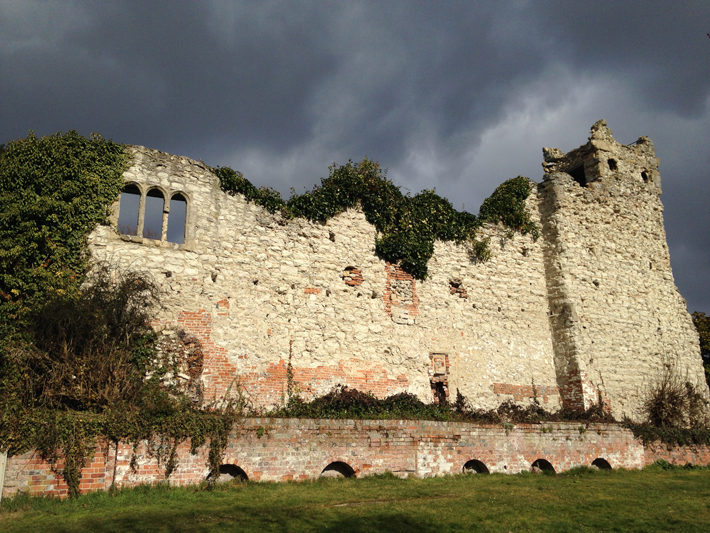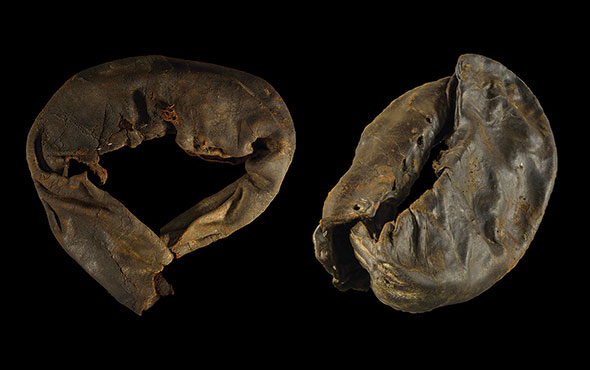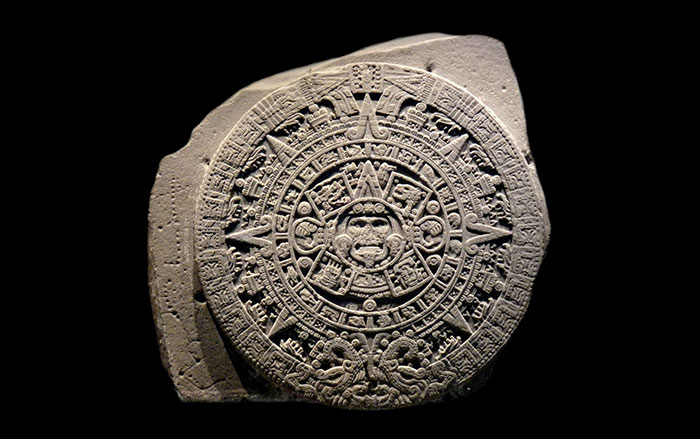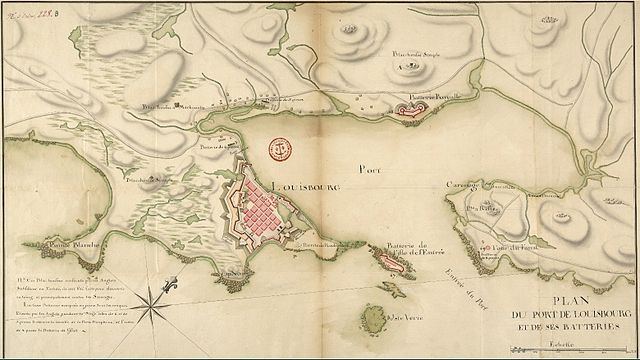
CAPE BRETON ISLAND, NOVA SCOTIA—The Cape Breton Post reports that a team of excavators led by Amy Scott of the University of New Brunswick and David Ebert of Parks Canada is removing human remains from an eighteenth-century cemetery at the reconstructed Fortress of Louisbourg before the bones erode into the Atlantic Ocean. Built by the French and named for Louis XIV, the fortress was captured by British colonists in 1745, then returned to the French as part of a 1748 treaty ending the War of the Austrian Succession. Captured by the British again in 1758 during the Seven Years’ War, the original fortifications at the site were dismantled by the British, who kept a garrison there until 1768. The cemetery, estimated to hold the remains of 1,000 people, is located on a peninsula known as Rochefort Point, up to half of which is thought to have worn away over the past 300 years. “They may have had tough lives,” Ebert said, “but these people were laid to rest with a great deal of care and affection—in some cases, for example, people would have invested in beautiful shroud pins to enclose the shroud around their loved ones when they are laid to rest.” Scott said examination of the bones will help researchers learn about those who built and lived in the fortress. To read in-depth about the discovery of a legendary 19th-century shipwreck in Canada, go to “Franklin’s Last Voyage.”



